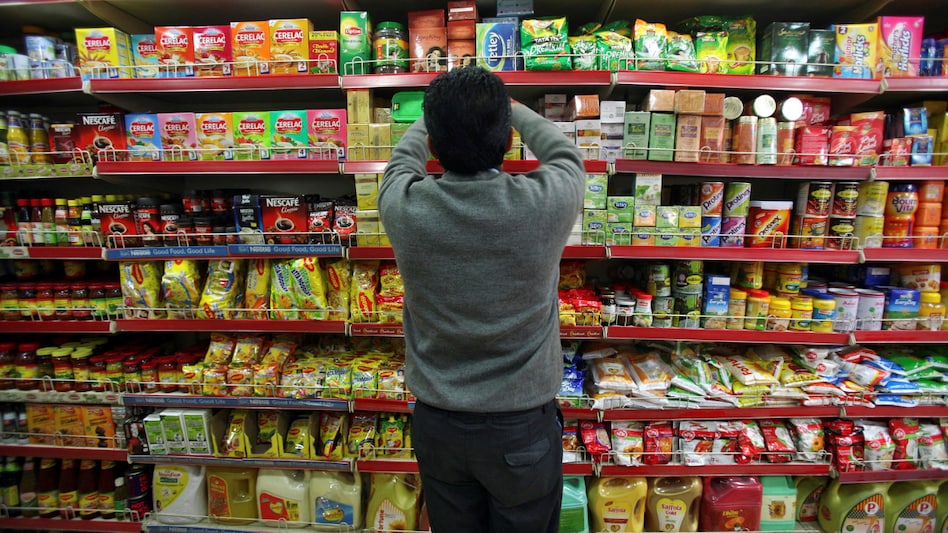Introduction
India’s fast moving consumer goods (FMCG) companies have further delayed their estimates for demand recovery to the first quarter of financial year 2024-25. This highlights continued pressure on discretionary spending.
Analysis for a layman
FMCG refers to products that sell quickly at relatively low cost like packaged foods, beverages, personal care items. Rural markets, which account for significant demand, have been impacted by high inflation and uneven rains. Urban demand has proved more resilient so far. But overall volumes remain under pressure, forcing companies to revise demand recovery timelines.

Original Analysis
The demand outlook downgrade signals India’s post-pandemic consumption recovery has hit obstacles like high inflation and rate hikes. While urban segments show encouraging signs, discretionary categories are still squeezed across income strata. Even daily essentials face rural headwinds. This indicates economic sentiment and purchasing power need to improve before consumption demand sees an uptick. The revised timeline to mid-2025 suggests companies expect the operating climate to remain challenging. Strategies like product premiumization help, but volume recovery is still distant.
Impact on Retail Investors
For retail investors, the report highlights risks of prolonged demand weakness affecting FMCG stocks – especially mass-market players. Investors may see lower EPS expectations ahead for companies like ITC, HUL, Dabur, Britannia despite recent price hikes. This could cap near term upside in stock prices. However, the focus on premium products, D2C models and strong brands provides some defensive characteristics. Investors can accumulate quality names during declines but moderate return expectations.
Impact on Industries
The outlook cuts impact FMCG/consumer discretionary stocks directly but have ripple effects across agri/retail value chains. Slowing rural sales affects sectors like fertilizers, seeds, pesticides along with packaging firms. However, improving farm incomes and a good monsoon starting to reflect in demand provides some offset. Stocks leveraged to farm income like tractors, pumps may benefit first.
Long Term Benefits & Negatives
In the long run of 3-5 years, demand recovery remains intact as fundamentals stay strong – including demographics and rising middle class. But the environment may remain turbulent requiring agility & innovation from companies to tap into pockets of demand. Investors must identify structural consumption growth stories for long term investing rather than extrapolate past growth rates.
Short Term Benefits & Negatives
In the near term, operating conditions remain challenging with demand staying muted over 6-12 months. However, easing commodity costs provide some margin relief for companies. Investors need to set reasonable expectations regarding volume growth but stable margins may help limit downside along with price hikes.
Companies that will gain
ITC, HUL, Dabur, Godrej, Nestle
Companies that will lose
Trent, Aditya Birla Retail, V-Mart
Conclusion
The downgrade of demand recovery timelines to mid-2025 highlights turbulence for India’s consumer sector. However, this remains a long term structural growth story. Investors need a discerning eye to identify quality companies, accept some demand volatility but benefit from the market leaders that emerge stronger.
Citation
Malviya, Sagar. “Consumer Goods Makers Now Expect Demand Recovery only by Q1 of FY25.” Economic Times, 12 December